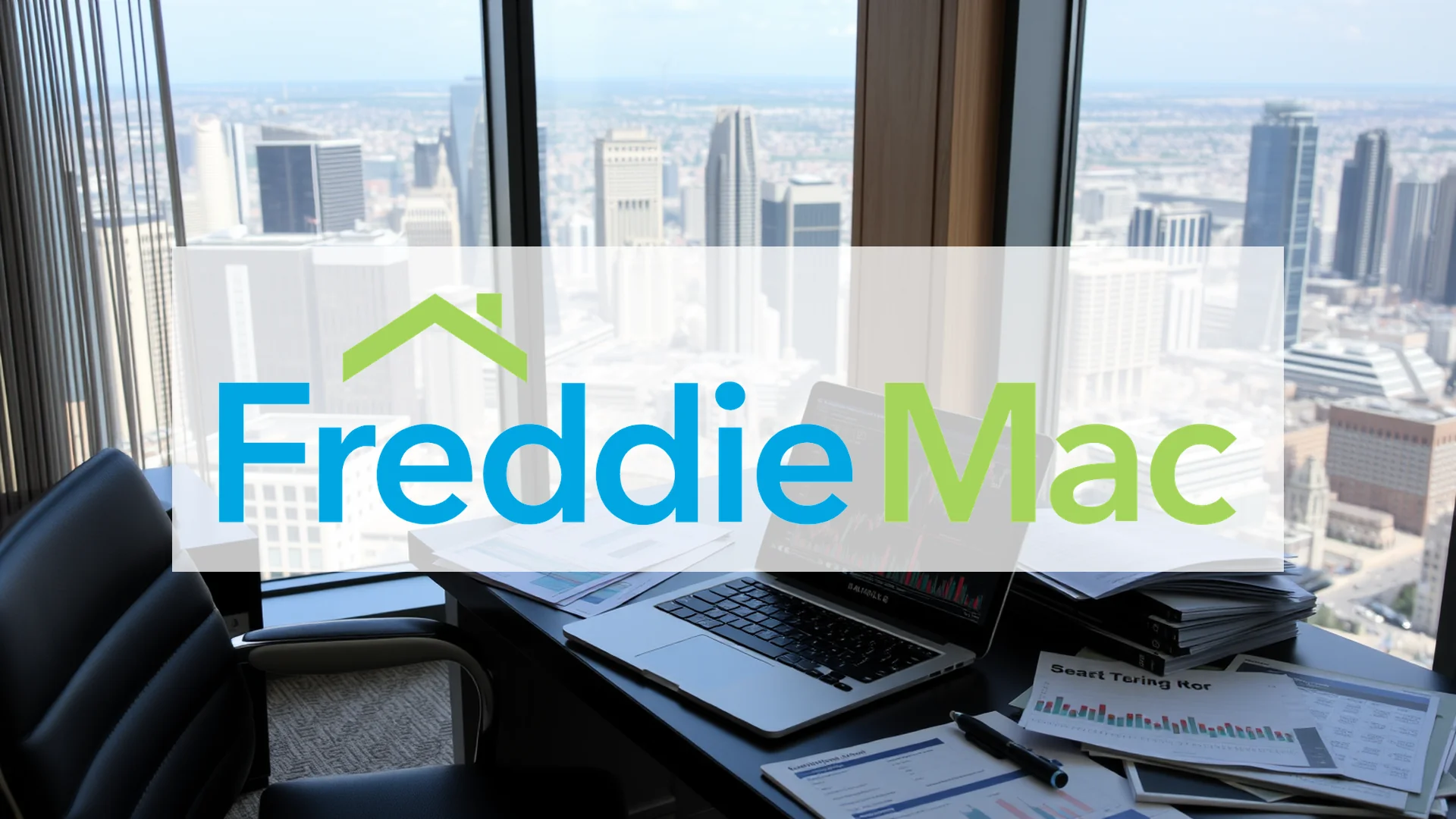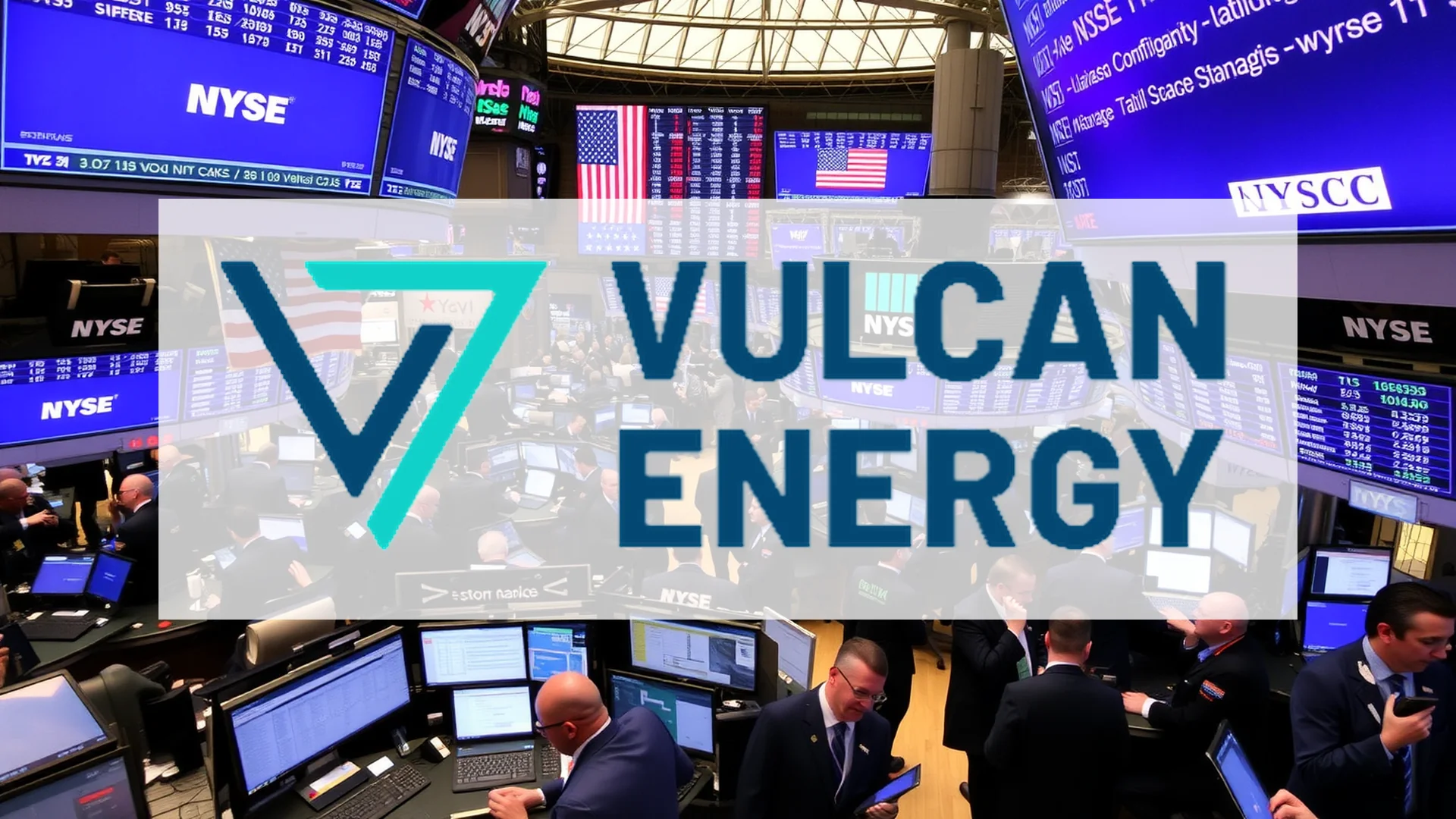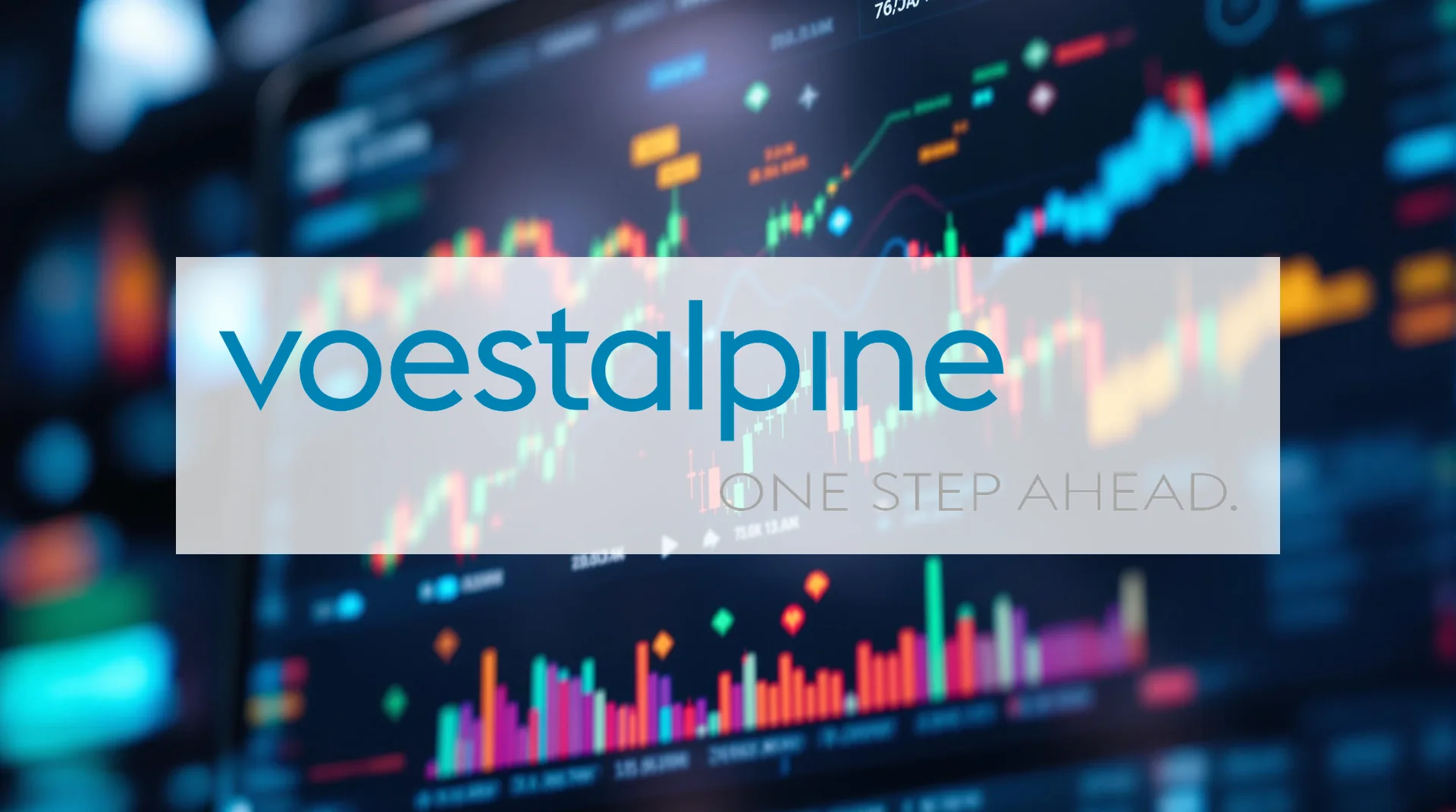Freddie Mac finds itself at the center of a perfect storm, where disappointing financial performance is colliding with speculative fever driven by political maneuvering. The government-sponsored enterprise’s stock has delivered staggering returns, soaring nearly 1,000% over the past twelve months, despite fundamental challenges in its core business operations.
The Speculative Surge Versus Financial Reality
Market participants are witnessing an extraordinary divergence between Freddie Mac’s operational results and its market valuation. While shares have skyrocketed with 77% volatility and trade well above their 50-day moving average, the company’s second quarter 2025 report told a different story. Net income declined by 14% year-over-year, despite an 8% increase in net interest income to $5.3 billion. The enterprise also bolstered its loan loss provisions while its mortgage portfolio experienced moderate growth to $3.6 trillion.
Housing Market Headwinds Intensify
The broader mortgage landscape presents significant challenges for Freddie Mac’s business model. Interest rates for 30-year fixed mortgages have climbed to 6.34%, while 15-year fixed rates reached 5.55%. These increases have triggered a 12.7% weekly drop in mortgage applications, with refinancing requests experiencing particularly sharp declines. Even the purchase index fell by 2%, indicating growing caution among prospective homebuyers.
Uncertain capital market conditions and ongoing discussions about a potential government shutdown are contributing to the interest rate environment. The Federal Reserve has already positioned itself to navigate these challenges.
Political Winds Create Regulatory Uncertainty
The Trump administration has introduced additional variables into Freddie Mac’s outlook. President Trump has called for the enterprise to substantially increase its support for housing construction companies. More significantly, a government proposal for 2025 outlines a public listing while maintaining federal oversight.
Should investors sell immediately? Or is it worth buying Federal Home Loan Mortgage?
This hybrid approach has drawn substantial criticism from various quarters. Opponents caution that restricted board autonomy could undermine investor confidence. The potential policy impact extends further—mortgage rates could increase by 0.2 to 0.8 percentage points, translating to an additional $500 to $2,000 in annual costs for homebuyers.
Analytical Perspective Remains Cautious
The Wall Street response to Freddie Mac’s situation has been notably restrained. Only two analysts have published ratings over the past year, both arriving at an average “hold” recommendation with an $18 price target. Their projections range from $11 to $25 per share, highlighting the substantial uncertainties surrounding the company’s regulatory future.
Key Data Points:
* Mortgage Rates: 30-year fixed mortgage at 6.34%
* Policy Initiative: Trump’s push for supporting housing construction firms
* Privatization Strategy: Potential 2025 public offering with continued government control
* Q2 Performance: Net income down 14% year-over-year
* Market Dynamics: 77% volatility with 1,000% twelve-month gains
The dramatic disconnect between Freddie Mac’s financial fundamentals and its market performance underscores the powerful influence of speculation around its potential exit from government conservatorship.
Ad
Federal Home Loan Mortgage Stock: Buy or Sell?! New Federal Home Loan Mortgage Analysis from November 28 delivers the answer:
The latest Federal Home Loan Mortgage figures speak for themselves: Urgent action needed for Federal Home Loan Mortgage investors. Is it worth buying or should you sell? Find out what to do now in the current free analysis from November 28.
Federal Home Loan Mortgage: Buy or sell? Read more here...









